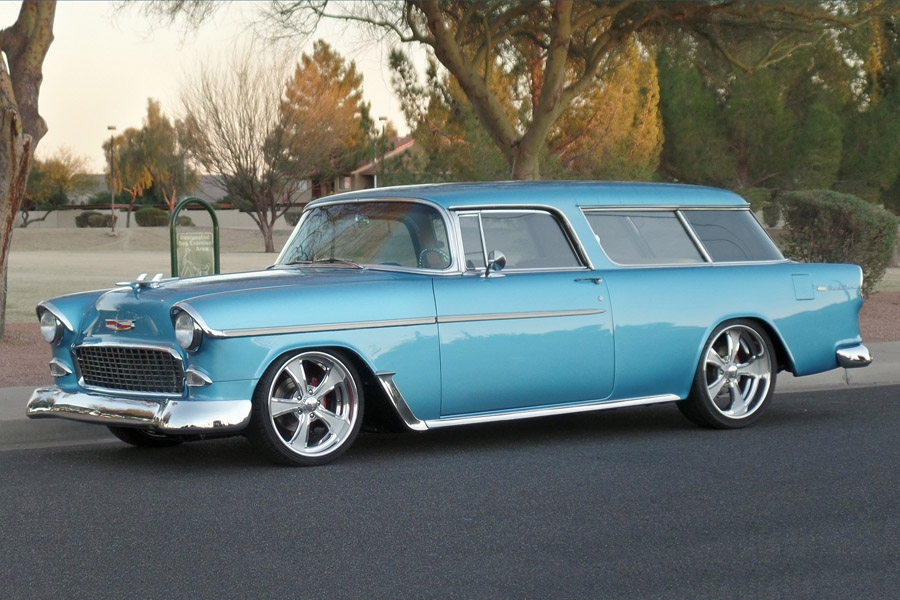Chassis Number: VC55F147099
The same proud owner has had this Nomad for the past 22 years. The engine is completely chrome and/or billet. It has a 350 GM Performance crate engine, 700R4 transmission, power steering, four-wheel power disc brakes, power windows, air conditioning and dual Lexus six-way power seats. This car is sorted out, runs great and is ready to enjoy and show.
{analysis}{/analysis}

